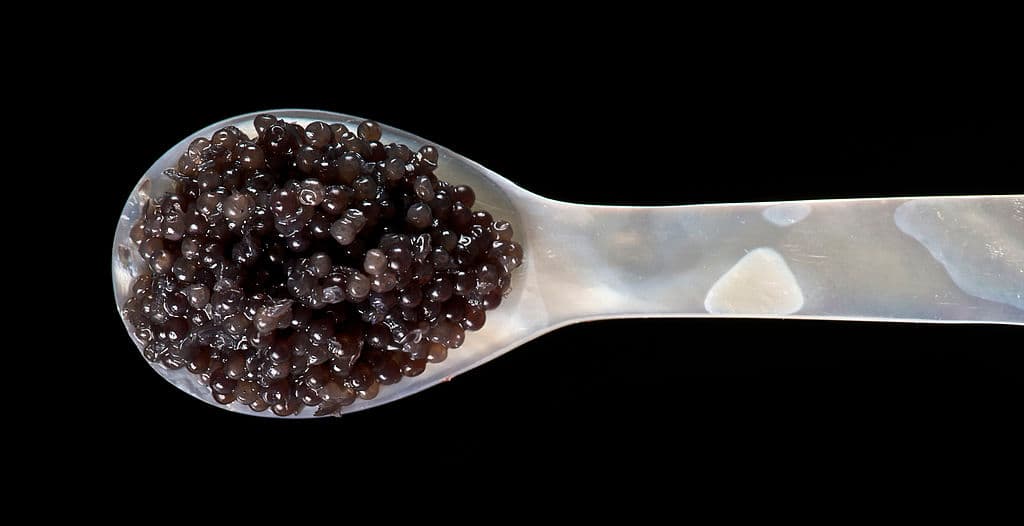Trade of wild caviar, a luxury dish consisting of sturgeon eggs, has been banned for decades since poaching brought the fish near extinction. Today, caviar can only be legally sold if it comes from farmed sturgeon, with strict regulations to protect the species. However, the problem doesn’t seem to have been solved, according to a new study. In fact, the world of caviar trading is bizarre and full of deceit.

A team of sturgeon experts did genetic and isotopic analyses on caviar samples from Bulgaria, Romania, Serbia, and Ukraine — nations bordering the remaining wild sturgeon populations — and found evidence that regulations are being consistently broken. Some 50% of commercial caviar products are illegal, while others don’t even have traces of sturgeon.
“The conservation status of the Danube sturgeon populations renders each individual important for their survival, and the observed intensity of poaching undermines any conservation effort,” write the researchers, led by Arne Ludwig of the Leibniz-Institute for Zoo & Wildlife Research, in their study published in the journal Current Biology.
Sturgeons are endangered
In Europe, there are four remaining sturgeon species — beluga, Russian, stellate, and sterlet — that can produce caviar. The last remaining wild populations are in the Danube River and the Black Sea. Since 1998, each species has been protected through CITES, the Convention on International Trade in Endangered Species of Wild Fauna and Flora.
In 2000, an international labeling system for caviar products was introduced alongside their CITES listing to curb illegal trade. The label allows buyers and investigators to identify the source of the product. Despite these measures, the researchers noted based on local anecdotes, illegal poaching persists, even though formal investigations haven’t been done.
All of the 26 remaining species of sturgeon are currently threatened with extinction, a 13-year assessment last year showed. This makes them the most endangered species group on Earth. In 2021, a market survey by WWF revealed that one-third of caviar and meat products sold in the lower Danube region were sold illegally.
Cavarian is a big problem
For their study, the researchers bought caviar online and in person from local markets, shops, restaurants, bars and aquaculture facilities. They also included five samples that had been seized by authorities. In total, they collected 149 samples of caviar and sturgeon meat, which they then analyzed for their DNA and isotope patterns.
They found that 21% of the samples came from wild-caught sturgeons and that these were sold in all the countries studied. Also, 29% of the samples violated CITES regulations and trade laws (such as listing the wrong species) and 32% were deceiving the customers (samples claiming to be wild fish that actually came from aquaculture).
“Our results indicate an ongoing demand for wild sturgeon products, which is alarming, since these products endanger wild sturgeon populations,” the researchers wrote. “The persistent demand fuels poaching and indicates that consumers do not fully accept aquaculture products as a substitute.”
Three samples, sold in Romania as part of a dish known as “sturgeon soup,” turned out to be entirely unrelated to sturgeon. The fish used were actually European catfish and Nile perch.
The researchers believe that the large volume of illegal poaching may be an indicator that local seafood vendors lack adequate income opportunities, which can increase the pressure to engage in illegal fishing. They also said there’s a likely lack of effective law enforcement, either because stopping poaching isn’t a priority for authorities or because they don’t have the tools to prove a fish’s origin.
However, regardless of the reason, they called upon regulators to take action, and fast. “The control of caviar and sturgeon trade in the EU and candidate member states urgently needs improvement to ensure that Danube sturgeon populations will have a future,” the researchers wrote.






